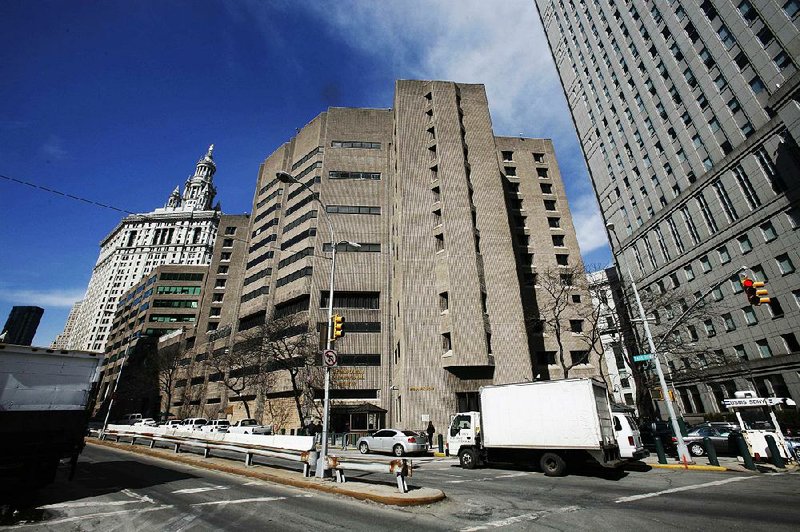NEW YORK -- In the heart of bustling lower Manhattan sits one of the country's most secure federal lockups -- and the new home of Mexican drug lord Joaquin "El Chapo" Guzman.
Guzman, who on Friday pleaded innocent to charges linked to one of the world's biggest drug-trafficking operations, can expect to be kept in a special unit inside the 12-story Metropolitan Correctional Center, where other high-profile, high-risk inmates, such as Gambino crime family boss John Gotti and several former associates of Osama bin Laden, awaited trial.
"It's got extra security above and beyond what you would have in a restricted housing area," said Catherine Linaweaver, who served as the lockup's warden for 15 months before retiring in 2014. "There is no other unit in the Bureau of Prisons like the high-security unit in New York."
To authorities, it's a setting befitting a man who twice escaped from maximum-security Mexican prisons. Federal prosecutors wrote in a court filing that "it is difficult to imagine another person with a greater risk of fleeing prosecution" than Guzman.
The prison is sandwiched between federal prosecutors' offices and two federal courthouses and is protected by steel barricades built to be able to stop a 7½-ton truck. Cameras capable of reading a newspaper a block away are trained on the area.
Inmates can be transported to court through corridors linked to both courthouses, though Guzman will be ferried to and from court in Brooklyn.
In the 10th-floor Special Housing Unit, about a dozen prisoners spend 23 hours a day in 20-by-12-foot cells, prohibited from communicating with one another. Meals are eaten in the cells, and exercise takes place in a recreation area specifically for those inmates.
To reduce the risk that a wealthy inmate such as Guzman could try to corrupt prison staff members, the number of jailers who have access to him will likely be limited, and each will undergo extra screenings by top jail officials, Linaweaver said.
The special unit's strict confinement drew criticism in 2011 from the human-rights group Amnesty International, which expressed concern that the sparse cells, exercise restrictions and isolation "amount to cruel, inhuman or degrading treatment."
The prison saw an audacious escape attempt in 1982, when two armed people in a hijacked sightseeing helicopter tried to pluck an inmate off a roof. And in 1978, three prisoners broke out by cutting through window bars.
Security was further tightened after Mamdouh Mahmud Salim, who was described as a right-hand man to bin Laden and was awaiting trial in a terrorism case, used a sharpened comb to stab a guard on Nov. 1, 2000. Salim, who later apologized for the stabbing, is serving a life sentence.
Guzman's case doesn't mark the first time federal authorities have grappled with how to hang on to a suspected member of the Sinaloa drug cartel.
Authorities in 2011 expressed concern about the possibility that the cartel would attempt to free the son of one of Guzman's cartel partners from a federal lockup in Chicago. They also were concerned that a fenced rooftop recreation center could have made a defendant susceptible to sniper fire.
The man was moved to a more secure facility.
A Section on 01/22/2017
